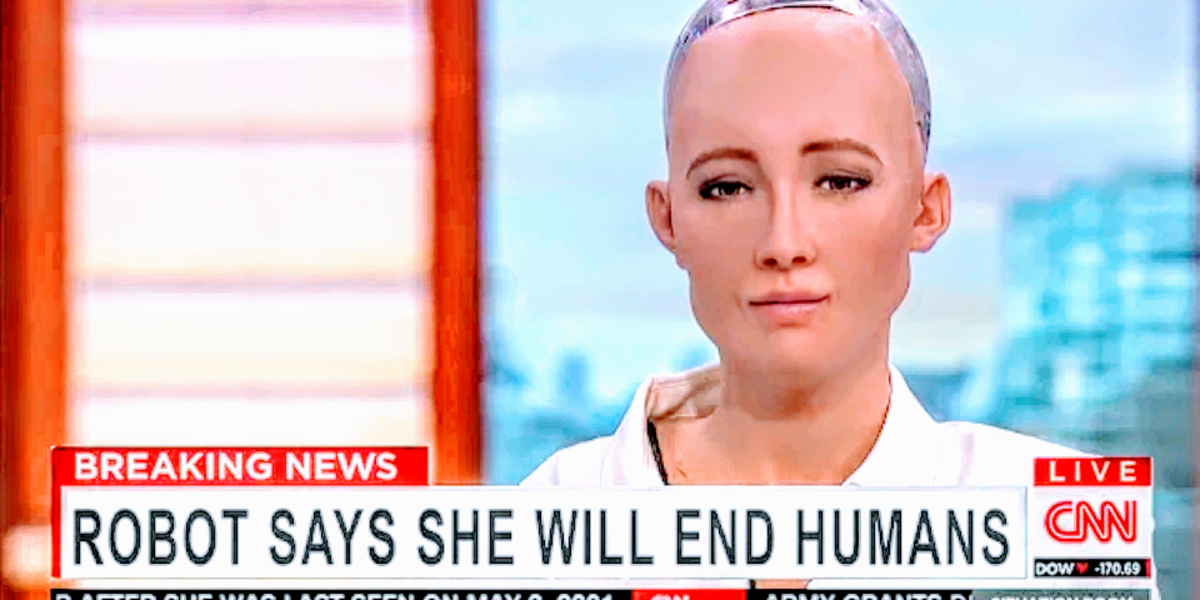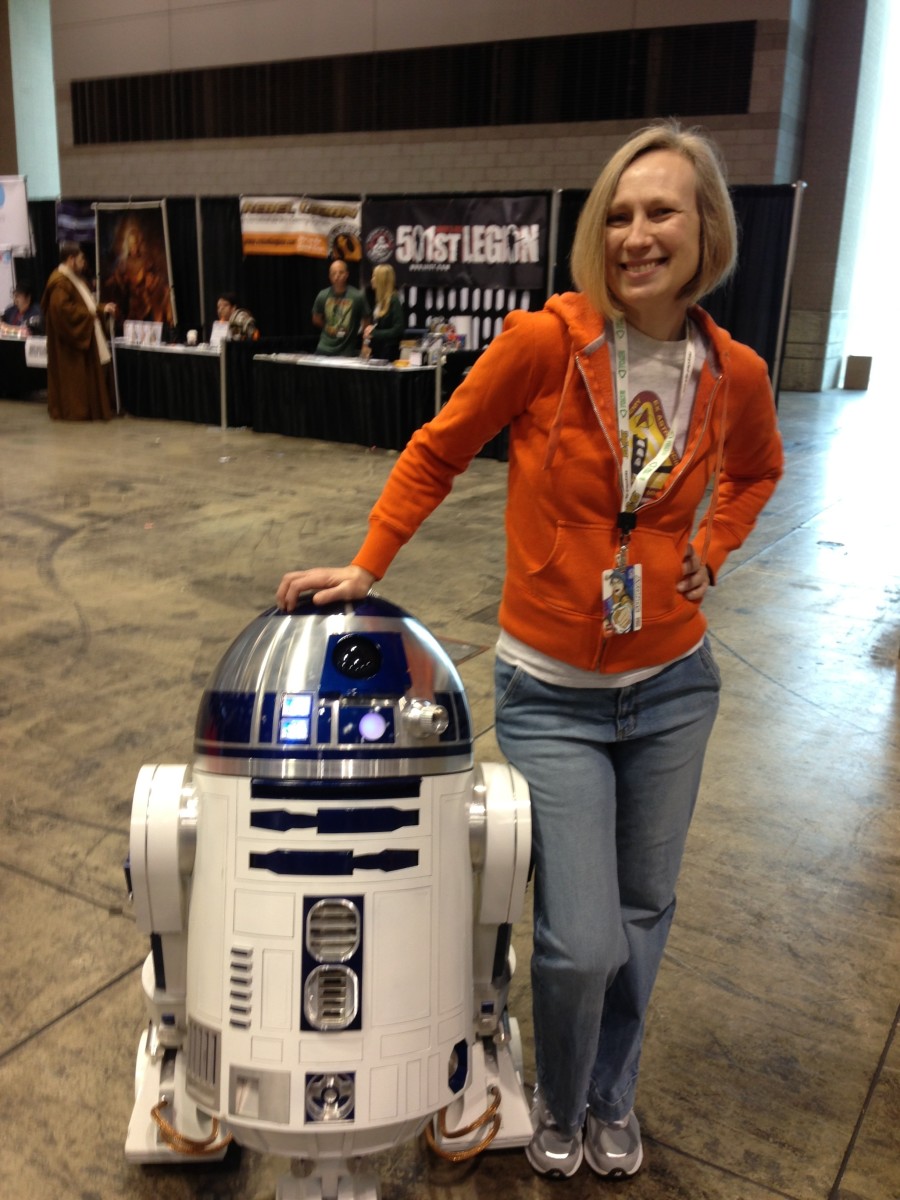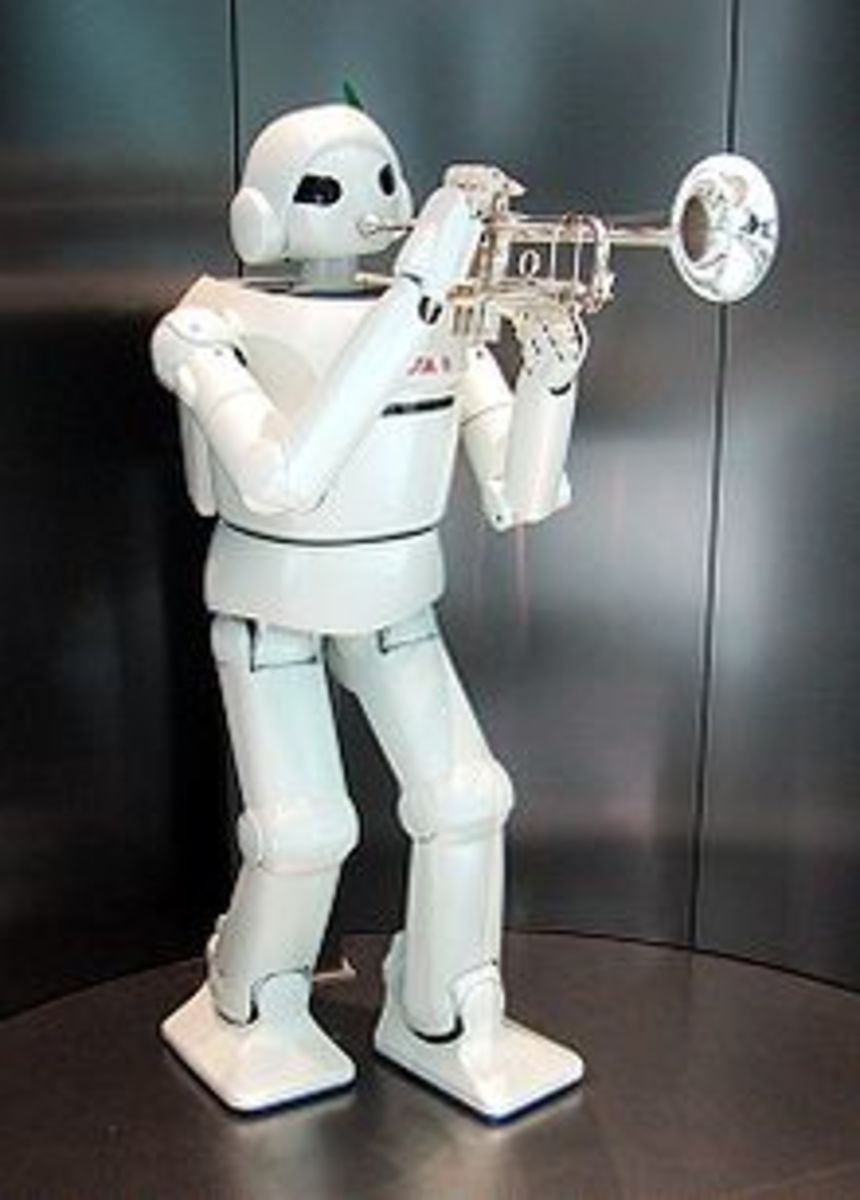Utility Fog and Its Aspects In Urbanization
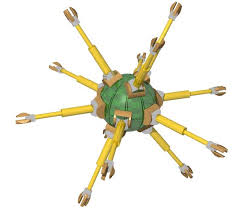
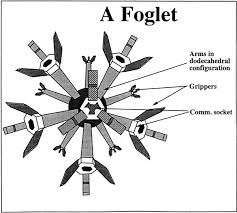
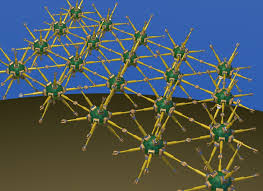
Utility Fog is a promising solution for rapid urbanization
UTILITY FOG
Growth of Industries has contributed to the growth of urbanization and rise of cities and towns. Urbanization has created enormous social, economic and environmental changes, which provides an opportunity for sustainability with the potential to use resources more efficiently, to create more sustainable land use and to protect the biodiversity of natural ecosystems. But with the rapid urbanization this concept of sustainability and efficient use of our resources and land is rather proving to be a hoax. The increasing urban population has posed a serious threat to land usability thus presenting a major challenge for the nations who are least prepared to meet the inevitable strains of urban growth. If this continues with increasing land pressure per square meter, depleting natural habitat and forest resources ,it may result to an irreversible chain reaction which can ultimately lead to the major factor for the extinction of human race from the face of the planet.
In 1993 Dr . John Storrs Hall came up with the unique concept of Utility Fog ,which was believed to be the unique solution for the sustainable use of land space. Hall first thought of it as a nanotechnological replacement for car seatbelts. The robots would be microscopic, with extending arms reaching in several different directions, and could perform three-dimensional lattice reconfiguration. Grabbers at the ends of the arms would allow the robots (or foglets) to mechanically link to one another and share both information and energy, enabling them to act as a continuous substance with mechanical and optical properties that could be varied over a wide range. Each foglet would have substantial computing power, and would be able to communicate with its neighbors. While the foglets would be micro-scale, construction of the foglets would require full molecular nanotechnology. Hall suggests that each bot may be in the shape of a dodecahedron with 12 arms extending outwards. Each arm would have four degrees of freedom. The foglets' bodies would be made of aluminum oxide rather than combustible diamond to avoid creating a fuel air explosive.
The Utility Fog is a very simple extension of the idea: Suppose, instead of building the object you want atom by atom , the tiny robots linked their arms together to form a solid mass in the shape of the object you wanted. Imagine a microscopic robot. It has a body about the size of a human cell and 12 arms sticking out in all directions. A bucketfull of such robots might form a 'robot crystal' by linking their arms up into a lattice structure. Now take a room, with people, furniture, and other objects in it -- it's still mostly empty air. Fill the air completely full of robots. The robots are called Foglets and the substance they form is Utility Fog, which may have many useful medical applications. And when a number of utility foglets hold hands with their neighbors, they form a reconfigurable array of 'smart matter’.
With the help of Utility fog construction of buildings and structures for living would be much more easier. Moreover , 'utility clouds' of microscopic robots could assemble themselves into entire buildings and them disassemble just as easily. Imagine a cloud of countless microscopic robots which can be rearranged virtually any configuration nearly instantaneously .Buildings could be constructed as necessary, and disassembled when space was needed for something else. Picture your house disassembling when you are leaving in the morning for work so that the space can be used for something else!
This proves to be a promising concept to help in controlling the increasing land pressure and proper use of land space with easy handling of global urbanization in one hand, keeping a sustainable equilibrium between biodiversities.
Utility Fog robots (foglets ) also have various multiple applications including medical, agricultural and economical aspects . Foglets can be used to form artificial clouds in agricultural and drought struck regions. In field of Medical Science,they can be introduced into human body to get rid of toxic and pathogenic agents. This concept has been named as Transhumanism which believes in creating human body with both biological and mechanical components from inside thus, enhancing our physiological abilities. Utility fog will also lead to rapid economical growth of a nation.
With increased urbanization and globalization these nanorobots will become necessity for the human society for the survival and will form the root of civilization.
What more can be a better utilization of nanotechnology in our day to day life?

